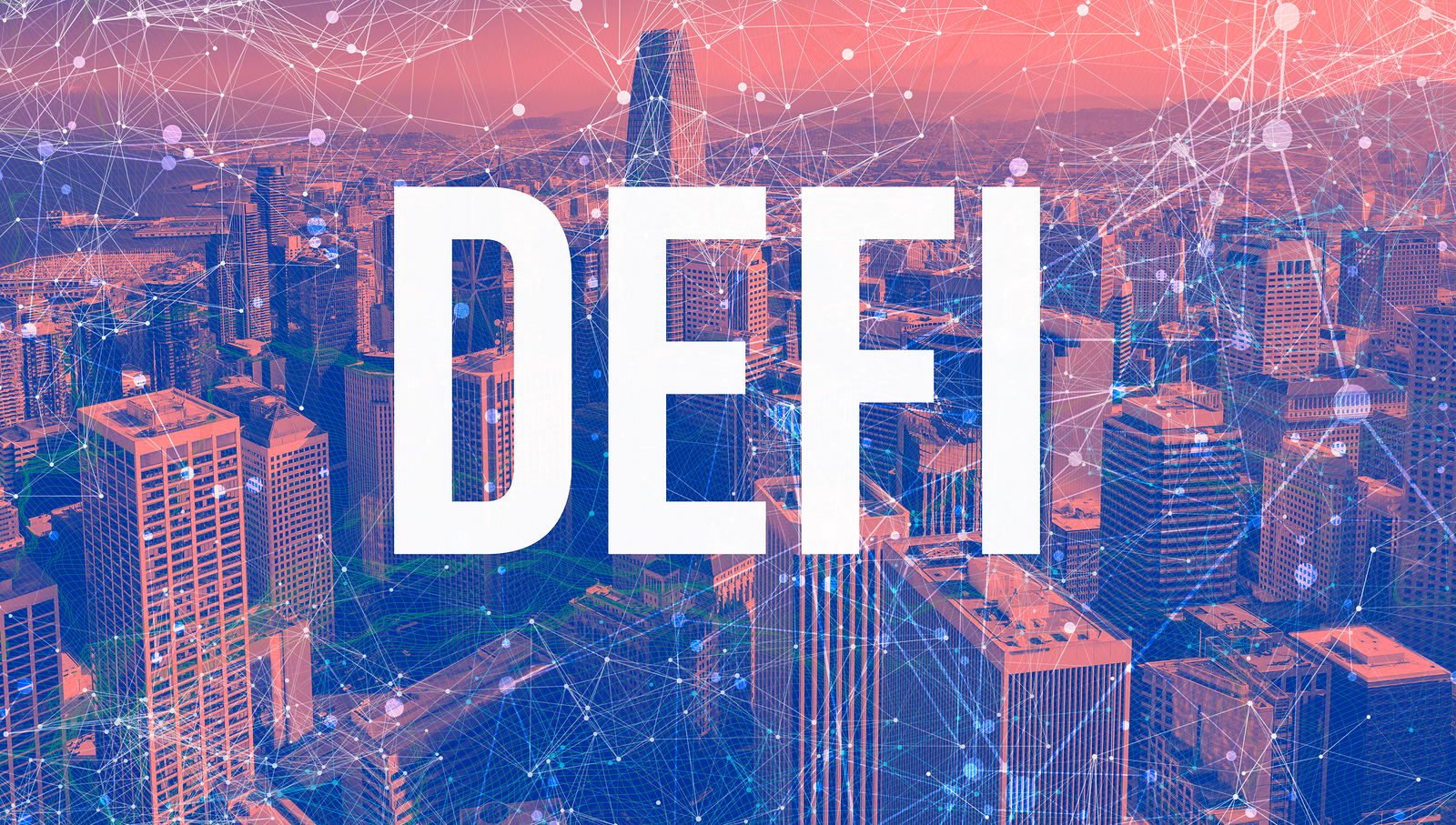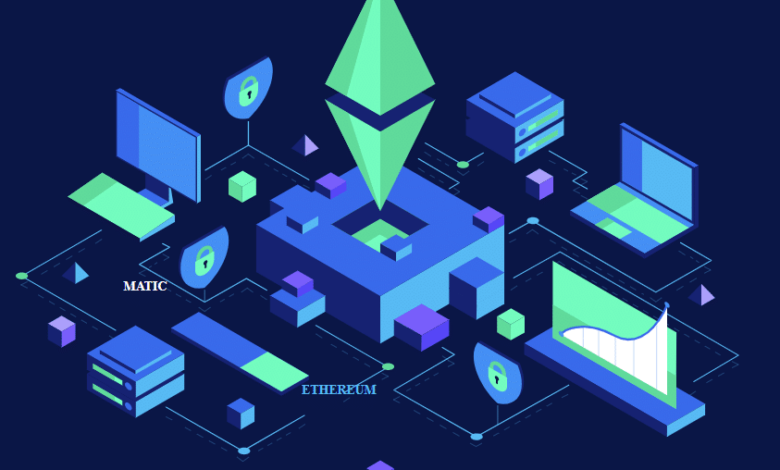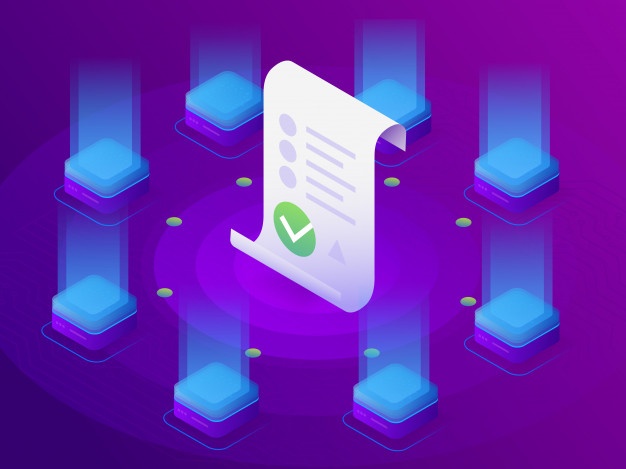Decentralized Finance 101: Tools, Tips and Tricks That Will Earn You Yields
Jack Choros
Content Marketing
These days it’s nearly impossible to read a crypto news poster or watch a video made by a crypto influencer on YouTube that doesn’t talk about all of the excitement, controversy and profit potential surrounding the world of cryptocurrencies, and more specifically, the projects surrounding decentralized finance (or DeFi).
Innovation within the realm of lending, financial advice and yield farming is moving at the speed of light. Things are literally changing every day. It’s both a phenomenon and (potentially) a bubble all at the same time. One that is clearly rivaling the excitement surrounding initial coin offerings back in 2017, which not only led to Bitcoin and other cryptocurrencies reaching all-time highs in price, but also led to increased attention from regulatory bodies looking to protect investors from themselves and scammers (looking to take advantage of everybody).
In the unprecedented 2020 we’re living in, where discussions surrounding social justice and how to deal with the fallout of the coronavirus pandemic both from a health an economic perspective are bleeding into every area of our daily lives, decentralized finance is not so quietly carving out a significant niche in the blockchain world. It’s not just about lending out coins and making lots of money. Yes, that’s part of it, but DeFi is much more than that.
That’s why it’s time for a lesson in Decentralized Finance 101 – a time to learn about the different categories that different decentralized finance projects fit into and how you can leverage them to keep more of your own wealth in your own hands.

What Is Decentralized Finance?
As mentioned, it’s not just about lending out stablecoins or putting money into liquidity pools to try to earn a huge profit. Decentralized finance is really about taking money out of the hands of the middleman and letting a smart contract and a blockchain do the work. Decentralized finance projects in general focus on the following categories:
- Lending
- Derivatives
- Payments
- Decentralized exchanges
- DeFi projects as assets
Lending
Lending is the most popular and easiest to understand aspect of decentralized finance. Lending platforms like Aave and Compound allow users to earn interest for lending their tokens to other investors. The cool thing about this is not just the annual yield, but the fact that yield is paid out in tokens that also fluctuate in value. Imagine earning a 7% annual return rate paid in Compound tokens, and watching the value of those tokens go from $60 to $400 in just a few months. All of a sudden, you’re making way more than any annual interest rate you make compared to a bank, plus you’re still benefiting from the appreciation of that asset.
Add to this the fact that you can get more Aave or Compound tokens by borrowing more and more against your own assets and you have the potential to earn hundreds of percentage points against your assets every year. But more on that in a little bit.
Derivatives
A derivative is a contract between two or more parties that is based on an underlying asset like a stock or a bond. All this means in cryptocurrency-speak is that the underlying asset is a digital currency. Synthetix and Nexus are two great examples of derivatives-based projects.
Payments
Bitcoin’s Lightning Network makes it easier for businesses to receive payments in crypto. A project like Flexa does the same thing for Fortune 500 companies like Starbucks. Payment processing always has been and always will be a fundamental benefit of any cryptocurrency, but some cryptocurrencies make that their main benefit over anything else.
Decentralized Exchanges
Decentralized exchanges like UniSwap or MooniSwap don’t check your identification or guide you through KYC (know your client) processes. Decentralized exchanges make it easier to trade assets through smart contracts rather than having to interact with a centralized server. This is certainly a more complicated way of trading for the average user, but the benefit of decentralized exchanges is that the majority of DeFi projects live on the Ethereum blockchain.
This means you can interact with any number of DeFi projects using just a hardware wallet or an Ethereum-friendly wallet like MetaMask, both of which make it almost impossible to get hacked or lose money as long as you know how to send and receive funds with smart contracts.

DeFi Projects as Assets
Some DeFi projects like PieDao focus on how you can organize your assets. PieDao allows you to create tokenize allocated portfolios. Yearn.Finance is an entire ecosystem that aggregates different lending services for you and allows you to complete a slew of transactions in one swoop. These kinds of projects put the power in your hands on a more intricate level.
So with the entire DeFi world including so many different categories of projects, so much mental gymnastics relating to understanding smart contracts and the value of underlying assets, and little to no regulatory framework defining how developers should create, launch or manage these projects, how can anyone enter the DeFi world and come out the other side better off?
With great power comes great responsibility, and your responsibility is to use every tool you can to do your own vetting and manage your own risk. It’s time to learn about the tools, tips and tricks of the DeFi trade. Keep in mind what you’re about to read is by no means an exhaustive list. There are always new tools being developed.
DeFi Tools You Need to Know About
The first tool you need to pay attention to gives you a 5,000-foot view of DeFi projects.
DeFiPulse.com
DeFiPulse.com gives users a list of all the top DeFi projects in the industry. You can see which categories each project serves, how the market capitalization is fluctuating, read a description of each project and explore more on your own. It’s a go-to-resource for anybody looking to learn about decentralized finance all in one website without having to comb through hundreds of projects on CoinMarketCap.com to try to decipher which is which.
Compound.Finance
As noted earlier, the Compound token is essentially a lending platform where you can lend stablecoins to the Compound network and earn Compound tokens just for lending out your existing holdings as collateral. In order for the deal to be worth it for you need to understand how to do basic math and calculate annual yields as well as gauge the potential that Compound and other projects will rise in value. Compound.Finance shows you how many tokens of specific projects you can earn per day, what the annual yield is and what you have to pay to borrow tokens as well. You can do this with Aave, Maker and other lending projects too but the Compound.Finance website is a good starting point because of the way it lays out the information for you.
Yearn.Finance and Curve Finance
Yearn.Finance and Curve Finance (along with many other projects) allow you to create a sort of yield farming portfolio where you get access to different liquidity pools that pay out a higher annual yield. As is usually the case with making a profit off of lending platforms, you need to use stablecoins like the U.S. Dollar Tether token in order to get in the game. You can connect to these platforms through an external hardware wallet or MetaMask and confirm transactions that put you in the best position possible to allocate your digital assets as best you see fit. These platforms allow you to carry out those transactions and they show you the end results so that you know the transactions you’re carrying out are taking place in the proper order and are mindful of the proper allocation you desire.
InstaDapp.io
InstaDapp.io is a DeFi management platform. It essentially gives users access to liquidity pools just like Yearn and Curve except that it’s platform agnostic so to speak. That means it doesn’t necessarily favour Yearn or Curve over Compound or any other lending token. Instead, InstaDapp allows you to interact with stablecoins and lending tokens while borrowing up to four times your original investment. The cool thing is, not only does InstaDapp give you a dashboard that displays all of the information you need about your holdings. It also groups together transactions for you in a way that will allow you to take advantage of the leverage you have access to, and it will also show you at what point your loans might be liquidated should your borrowing and investing choices go awry.
InstaDapp is perfect if you don’t have a lot of experience interacting with smart contracts and want to borrow a significant amount against your existing crypto holdings.

A Word of Caution to Remember Along Your DeFi Journey
One thing to keep in mind is that borrowing in order to amplify your gains is a risky proposition as doing so can also amplify your losses and liquidate your assets. Add that to the fact that many decentralized finance projects launch with coding infrastructure and smart contract implementations that haven’t necessarily been proven in the real world. In fact the founder of Yearn.Finance, arguably the most popular decentralized finance project on the market today, readily admits that he doesn’t exactly know what’s going to happen next with Yearn and that he launched it without doing a lot of the testing that other crypto projects will go through before they launch their main networks.
Still, don’t let this new sector of crypto investing totally scare you. There are a lot of great opportunities out there. And even if you’re not necessarily committed to risking lots of money, it’s worth getting involved just for the sake of gaining a deeper understanding of cryptocurrency and the world of decentralized finance.
If you’re reading this and you’ve decided you’re ready to take the leap, get your hands on a stable coin here at blog.netcoins.com, a cryptocurrency exchange in Vancouver that services Canadians across the country. We currently make two stablecoins available, the U.S. Dollar Tether Token and the Canadian Dollar QCAD token. The U.S. Dollar Tether Token can be used to invest in or lend capital to many of the projects we discussed in this post.
Looking to buy and sell Bitcoin? Netcoins is Canada’s first publicly owned crypto trading platform to be fully regulated. Simply create an account with Netcoins, fund it with an e-Transfer (more funding options available) and head to the trade page to buy Bitcoin. Sign up today!
Keep learning and keep earning that crypto.
Written by: Jack Choros
Writer, content marketing at Netcoins.